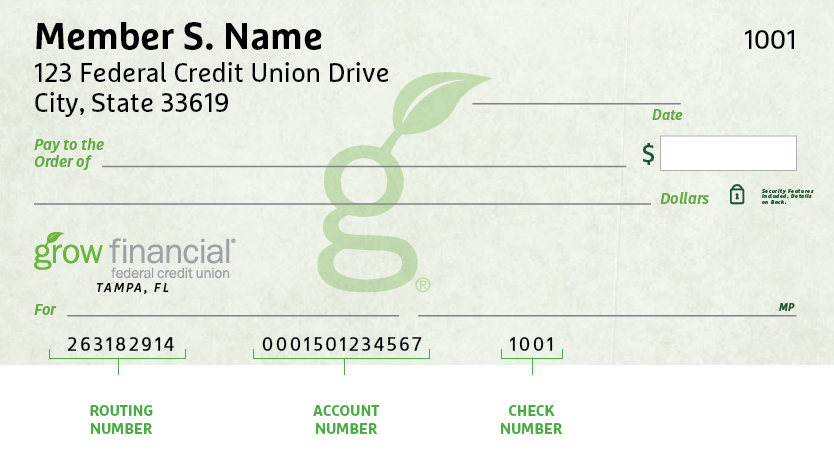- Personal
- Membership
- Membership
- Rates & Fees
- Checking
- Checking
- Personal Loans
- Personal Loans
- Wealth Management
- Investment Services
- Financial Advisors
- Resource Center
- Business

September 7, 2022
Business Continuity Planning: What You Need To Know
No matter the size of the business, every business needs to have a business continuity plan. This important document serves as a guide to keeping your essential business functions operational during unplanned emergencies, such as natural disasters, disease outbreaks, cyberattacks and other external threats.
What is a business continuity plan?
A business continuity plan helps you prepare for a disruption in your business, especially something unforeseen. Your business continuity plan establishes risk management procedures with the objectives to prevent interruptions to critical services and resume normal operations as smoothly as possible. It also documents the critical information — functions, vendors, personnel, communication methods and more — that your business needs in order to continue operations during an unplanned event.
Why do you need a business continuity plan?
It’s important to think about business continuity before an emergency occurs. That’s where a business continuity plan will come into play. There are a few common misconceptions when it comes to business continuity:
- “Our people will know what to do in an emergency.” Without direction, most people won’t be instinctively aligned on what to do in an emergency because of many variables. And in emergencies where communication is a hurdle, the lack of a central plan can lead to disruption and confusion.
- “We have insurance to cover our losses.” Insurance is important, but it has nothing to do with maintaining your business operations during the crisis itself or getting back to business quickly.
- “We are not a big enough company to need a plan.” Even if you’re a small business, it’s important to think about how your operations may be impacted by a variety of scenarios and have a plan in place to mitigate problems during such events.
How do I create a business continuity plan?
- Start with a Business Impact Analysis (BIA). Think of a BIA as a risk assessment of each department or area of your business. To understand the impact of an event, you should review all functions of your business and how disruptions would impact them.
- Consider recovery strategies. Recovery strategies are alternate means to restore business operations to a minimum acceptable level following a disruption. Think about the Who, What and How of getting it all done at the most fundamental level.
- Develop a plan based on your organizational needs. Every company is different, so you won’t find a one-size-fits-all option. You should identify critical functions and people, your recovery strategies, and how you will communicate with employees, vendors and customers.
Interested in more about business continuity and risk management? Learn more about how we keep your money and personal information safe at Grow.
Posted In:
How to Find Your Routing & Account Numbers
When you make a payment online, by phone or on a mobile device, you may be asked for our routing number and your checking account number. Credit unions and banks use these numbers to identify accounts and make sure money gets where it’s supposed to be. You’ll also need to provide your routing and checking account numbers for:
- Direct deposits
- Electronic checks
- Military allotments
- Wire transfers
Where to Find Your Routing & Checking Account Numbers
Your personal checks include both our routing number and your account number, as shown on the Grow check example below.

Don’t have a Grow check? No worries.
Visit any Grow store and ask for a Direct Deposit Form. It lists both your routing number and checking account number.
Making a Loan Payment
Incorrect Phone Number Alert
We’ve identified an incorrect phone number listed in a letter sent to a select group of new members with auto loans. The incorrect number is NOT affiliated with Grow. Please be sure to use our official phone number, 800.839.6328, which you can verify on our Contact Information page. For your security, keep your personal information safe and avoid sharing it over the phone, email or text message. We will never ask you for your credit or debit card security code, expiration date or PIN, login security codes, or your online banking password.
When it comes to making payments, we try to make it as painless as possible to pay your loan every month. We have several different ways to pay, including convenient online options.
Pay Online
You have two ways to pay online by transferring funds from another bank or credit union.
- Grow Online Banking (Preferred payment method for any loan)
This is the simplest way to pay your loan. You can make one-time payments or set up automatic recurring payments in Grow Online Banking. Once you log in, select “Transfer/Payments” from the menu. If you’re not enrolled in Grow Online Banking yet, you can set up your account in just a few minutes.
Log In
- Debit Card or ACH (Available for auto, personal loans and HELOCs)
Note: ACH and debit card payments are not available for credit cards or most mortgages, except HELOCs.
We accept ACH payments with no additional fees, consumer Mastercard® and Visa® debit cards with a convenience fee of $4.95, or commercial Mastercard® and Visa® debit cards with a convenience fee of 2.95% of the payment amount. To get started with an online ACH or debit card payment, select Pay Now below.
Pay Now
Pay by Mail
You can also pay any Grow loan by check through the mail. Please remember to include your account number and Grow loan number on the check. (For credit card payments, please do not write your 16-digit credit card number on the check, which can cause a delay in processing the payment.)
Address for auto, credit card, personal loan and HELOC payments:
Grow Financial Federal Credit Union
P.O. Box 75466
Chicago, IL 60675-5466Address for personal first or second mortgages and home equity payments:
Grow Financial Federal Credit Union
P.O. Box 11733
Newark, NJ 07101-4733You Are About To Leave GrowFinancial.org
At certain places on this site, there are links to other websites. Grow Financial Federal Credit Union does not endorse, approve, represent, certify or control those external sites. The credit union does not guarantee the accuracy, completeness, efficacy, timeliness or accurate sequencing of the information contained on them. You will not be represented by Grow Financial Federal Credit Union if you enter into a transaction. Privacy and security policies may differ from those practiced by the credit union. Click CONTINUE if you wish to proceed.
